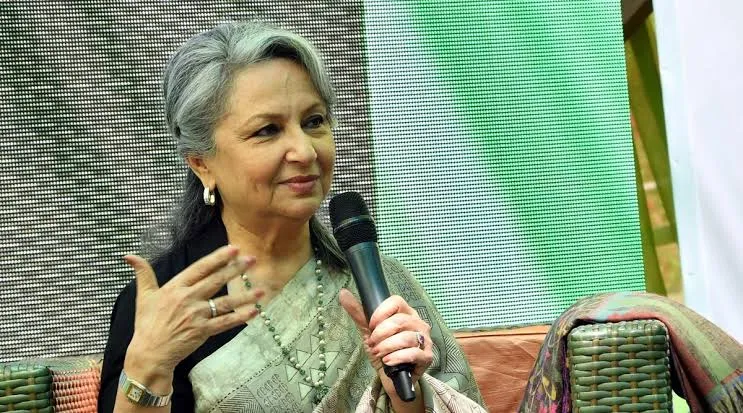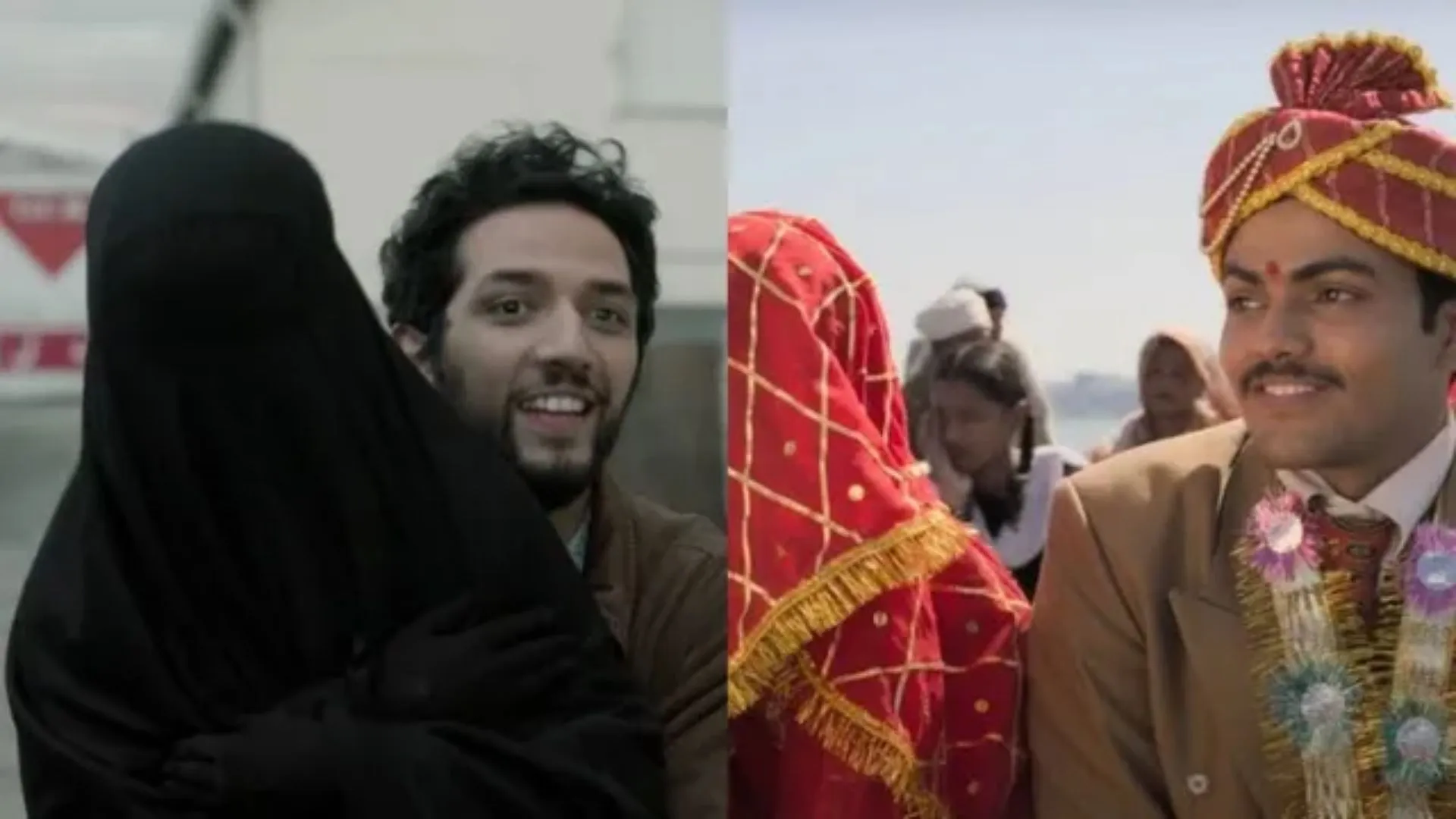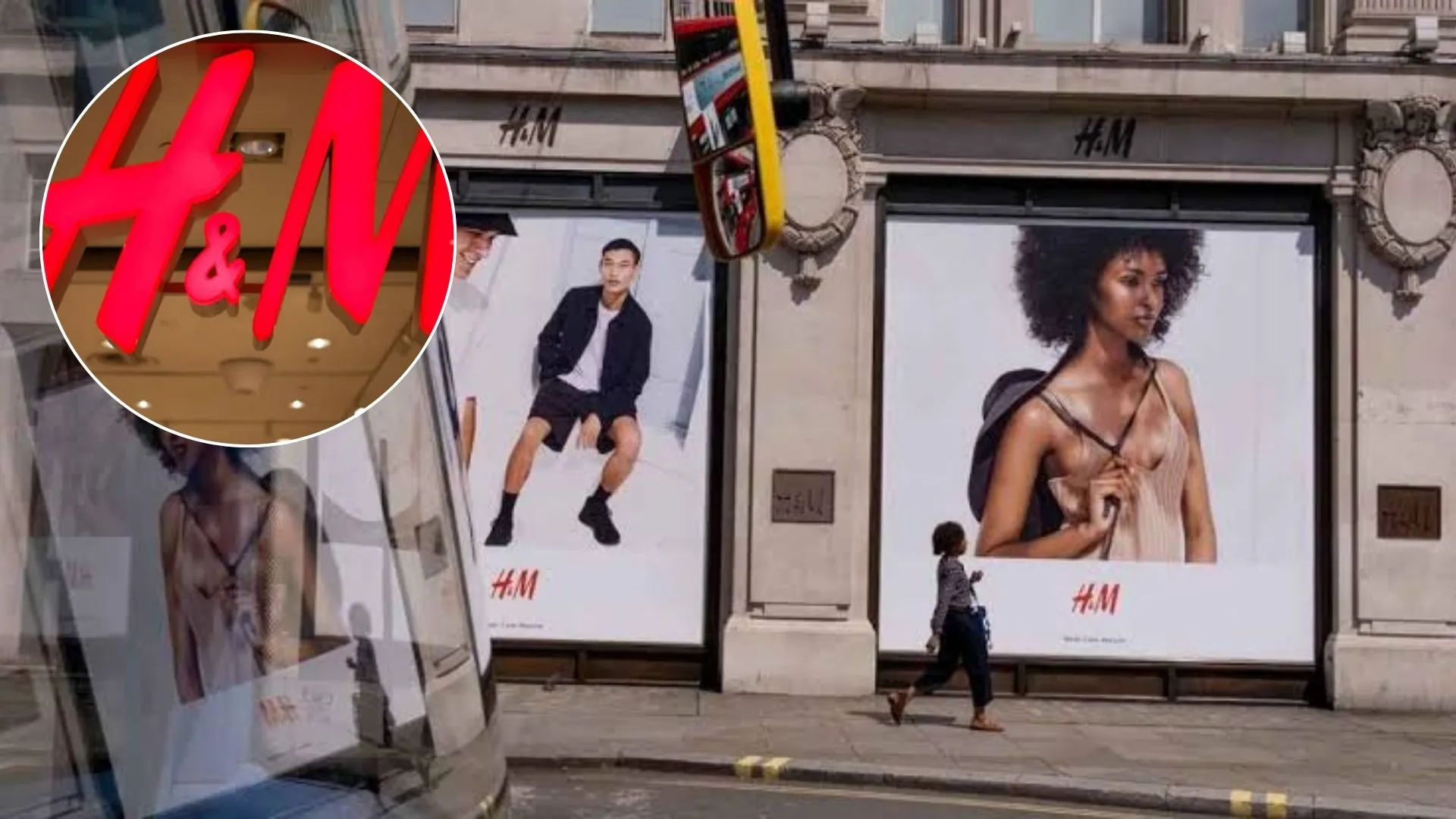Mumbai’s north-bound bridge connecting the Coastal Road to the Bandra-Worli Sea Link was officially opened to the public on Monday. The new infrastructure is expected to significantly ease congestion on the city’s busy roads. Alongside the bridge, three key interchanges providing seamless connectivity to Worli, Prabhadevi, Lower Parel, and Lotus Junction were also inaugurated.
The bridge will be operational from 7:00 am to 12:00 midnight, reducing travel time between Bandra and Marine Drive to just 10–15 minutes, a significant improvement for daily commuters.
The Coastal Road: A Dream Realized
A Decades-Old Vision Becomes Reality
The Mumbai Coastal Road project, first envisioned in the city’s master plan of 1967, began construction in 2018. Initially expected to be completed by 2022, the project faced delays due to the COVID-19 pandemic and other challenges. To date, it has incurred a cost of ₹14,000 crore.
The first phase of the Coastal Road spans 10.58 kilometers, starting from the Princess Street Flyover at Marine Drive and extending to the Worli end of the Bandra-Worli Sea Link. It features a 4+4 lane layout with cutting-edge infrastructure, including a bridge on stilts, an elevated road, and India’s first undersea tunnel. Key interchanges have been strategically built at Amarsons Garden, Haji Ali, and Worli Seaface to streamline traffic.
India’s First Undersea Tunnel: A Technological Marvel
One of the standout features of the Coastal Road is its undersea twin tunnels, one of which opened in March 2024. These tunnels measure 12.19 meters in diameter and run 17–20 meters below sea level.
The 2.07-kilometer tunnel starts near Girgaon (ahead of Marine Drive), passes under the Arabian Sea, Girgaon Chowpatty, and Malabar Hill, and ends at Breach Candy’s Priyadarshini Park. The second bound of the tunnel is slated to open soon, further enhancing connectivity.
Progressive Openings and Features of the Coastal Road
The Coastal Road project has been opened in phases:
- March 11, 2024: South-bound arm from Worli to Marine Drive.
- June 10, 2024: North-bound arm from Marine Drive to Haji Ali.
- July 11, 2024: Stretch from Haji Ali to Worli.
The newly inaugurated north-bound bridge spans 827 meters, with 699 meters over the sea and a 128-meter access road. A key highlight of the bridge is its 143-meter long, 27-meter wide Bow Arch String Girder, weighing approximately 2,400 metric tons.
Green Spaces and Environmental Protection
In addition to improving connectivity, the Coastal Road project emphasizes green development. Nearly 70 hectares of green spaces will be created along the route, featuring cycle tracks, jogging paths, public parks, and open-air auditoriums. This addition will provide much-needed recreational spaces for Mumbaikars.
To protect the project from coastal erosion and high sea waves, a sea protection wall has also been proposed.
Phase Two Of Coastal Road Project Underway
The second phase of the project, spanning 20 kilometers from Versova to Dahisar, is currently under construction. Once completed, it will significantly cut travel time from south Mumbai to the city’s airport.
The Coastal Road already benefits thousands of commuters daily. Between March 12 and December 31, 2024, more than 50 lakh vehicles used the route, with an average of 18,000–20,000 vehicles daily.
A Boon for Mumbaikars
Maharashtra Chief Minister Devendra Fadnavis hailed the Coastal Road project, stating it would save time and fuel while reducing pollution. “The coastal road will play a significant role in improving the lives of Mumbaikars,” he said.
With 94% of the project completed, the road is set to fully open to the public in February 2025, after the completion of the Prabhadevi connector. Once operational, the Coastal Road will transform Mumbai’s traffic dynamics, offering faster, greener, and more efficient travel options.





















